"For our and your freedom": how many Russians fought for the Poles in the Warsaw Uprising
Categories: Conflict | Europe | History | World
By Pictolic https://pictolic.com/article/for-our-and-your-freedom-how-many-russians-fought-for-the-poles-in-the-warsaw-uprising.htmlAccording to the Warsaw Historical Museum, 40,000 people took part in the 1944 uprising, of which 1% were not Poles. Representatives of 18 nationalities were recorded — the British, Austrians, Slovaks, Georgians, Belgians and even South African Boers. Most of all there were Jews, and the second largest group were residents of Russia. The exact number of Russians who supported the Poles is unknown. There are data on 60 fighters and almost all of them died in the battles on the Warsaw ruins.
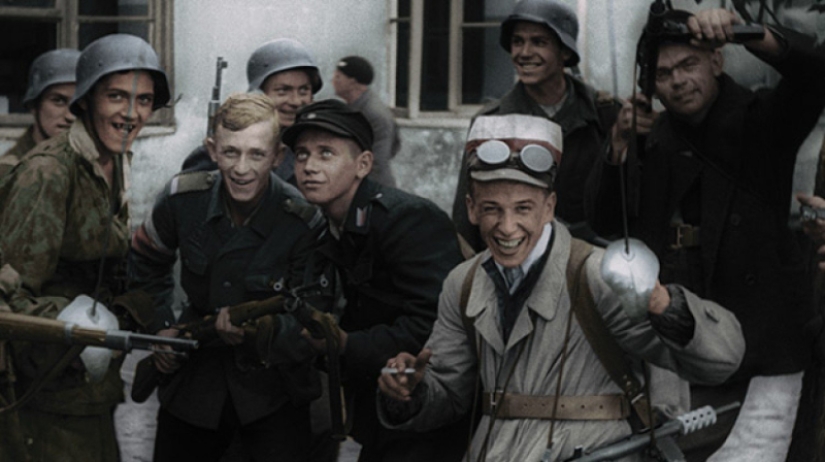
On August 1, 1944, an uprising broke out in the center of Warsaw against the Nazi occupation forces. More than 40 thousand people took part in the battles. The command of the uprising was assumed by the underground military organization the Home Army and The Polish government in exile, based in London.
Most of the Russian fighters who took part in the battles were former soldiers of the Red Army who were captured by the Germans, but were able to escape. Some of them turned out to be young people driven to work by the Nazis. For us, the main source of information on this topic is the Polish article "Foreigners in the Warsaw Uprising".
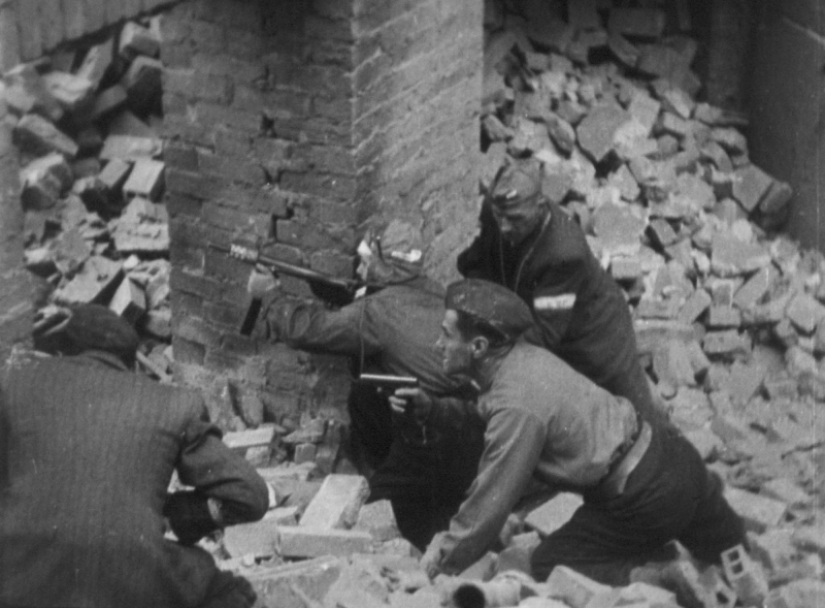
On the first day of the uprising, a detachment from the right-wing National Democrats party released two dozen captured Soviet border guards officers from prison on Danilovichskaya Street. All of them expressed a desire to join the fight. After checking the volunteers, they were attached to the 1st company of the III battalion. The Russian detachment in full force died in the battles for the "Old Town". The names of the officers are unknown, only the call signs of some of them have reached us — "Tank", "Grenade", "Airplane".
The book by translator Danuta Slavinskaya "When Lying was a Virtue" mentions 4 captured Russian doctors who tried to help wounded rebels and residents of Warsaw. Colonel Alexander Anikeev was a specialist in infectious diseases and escaped from the camp on the eve of the uprising. The operations were carried out by Captain Kazanov and Dr. Shaitanov, but most of all Danuta remembered Captain Bazanov, who, according to the girl, had a very beautiful face.

A Home Army soldier from the battalion "Brave II" Henri Lagotsky wrote after the war that he, three Poles and two Russian volunteers volunteered to destroy the German ammunition depot. One of them was called Evgeny Mulkin, the other was Mishka, but I didn't remember his last name. Mulkin and his comrades served in a unit of Russian collaborators, but fled and defected to the Poles.
Another participant in the fighting, Lieutenant Garlinsky, recalled that a Russian volunteer, whom the Poles called Grisha, fought in his detachment. The guy fought heroically, got captured weapons and captured two Germans. He was even presented with an award for his exploits. The name of the fighter was Grigory Semenov, and he died on August 20.
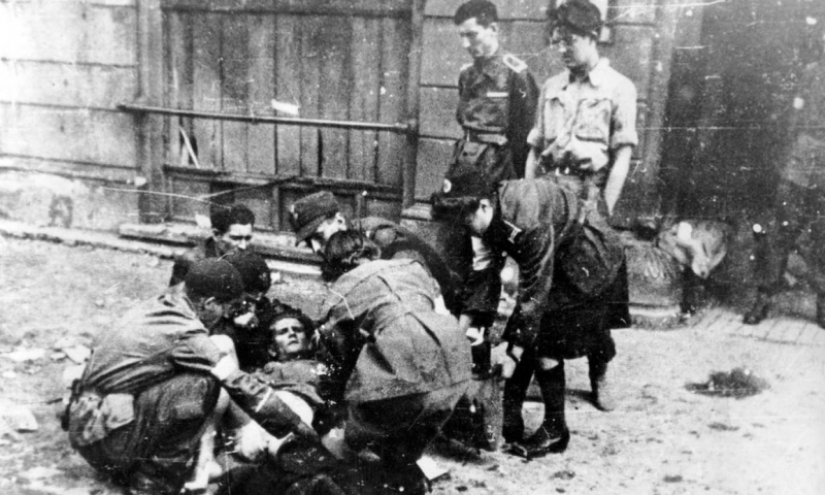
The commander of the Home Army, Edmund Odorkevich, said that two young Russian lieutenants who escaped from captivity joined his fighters. In the camp, both fell ill with tuberculosis and told the Poles that they wanted to get even with the Nazis. The officers refused commanding functions and died in one of the daring sorties to the German rear.
The name of Senior Lieutenant Viktor Bashmakov, whom the Polish soldiers called "Engineer", is carved on the wall of memory of the Warsaw Uprising Museum. The staff of the Warsaw Museum managed to find out that he was born in Ulyanovsk in 1918 and served in the border troops. At the beginning of the war, he was captured, escaped, and lived in Poland. During the fighting in 1944, he commanded a Russian platoon in the Kvarchany company and held the defense on Creamery.
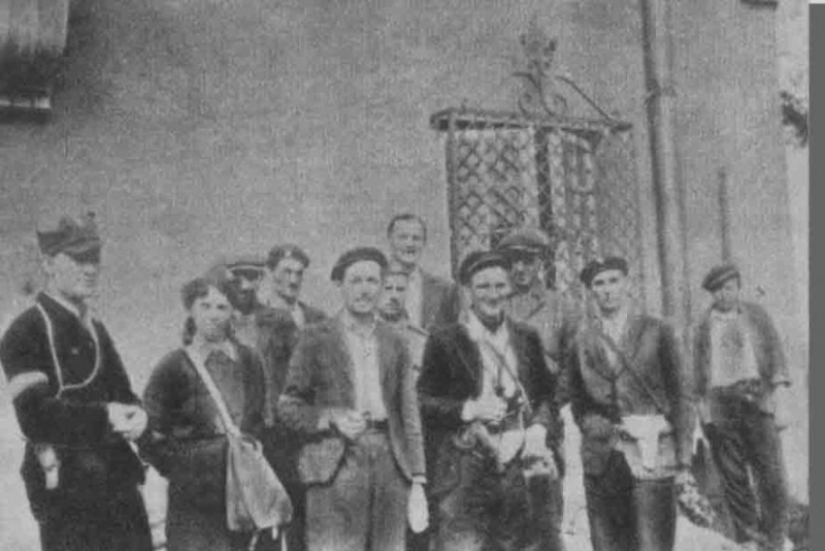
Presumably Viktor Bashmakov (sixth from the left, behind the man in the beret)
On September 30, Bashmakov and his fighters made a breakthrough and tried to swim across the Vistula. When trying to escape from the encirclement, the Russian platoon and its commander were killed. The battalion of the 3rd Division of the Polish Army was led by a certain Sergei Grisantovich Kononov. The Russian commander died on September 17 from a wound received the day before. Thanks to a rare patronymic, historians found out that Kononov was born in 1918 in the village of Novopetrovsk, Amur region.
In fairness, it should be said that thousands of citizens who served in Nazi collaborationist units fought on the side of the Germans. The Poles were beaten out of the city ruins by the punishers of the RON division, which was led by Bronislav Kaminsky. Some of the Russians acted as part of the Dirlewanger assault brigade, where German criminals, poachers, and war criminals served.
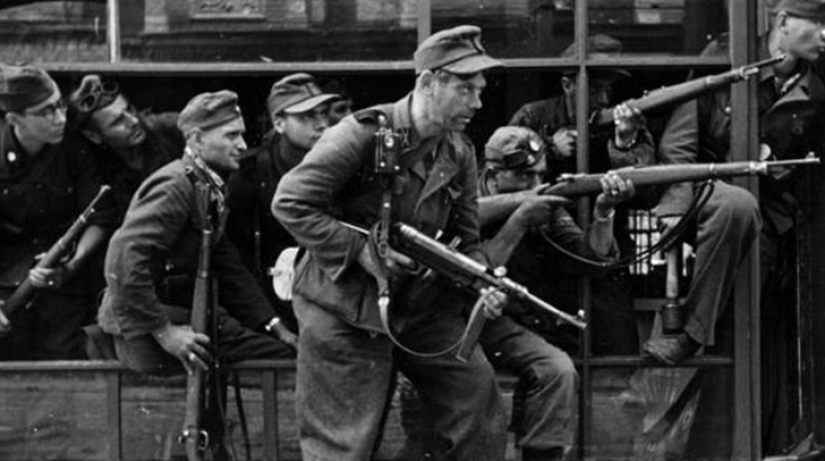
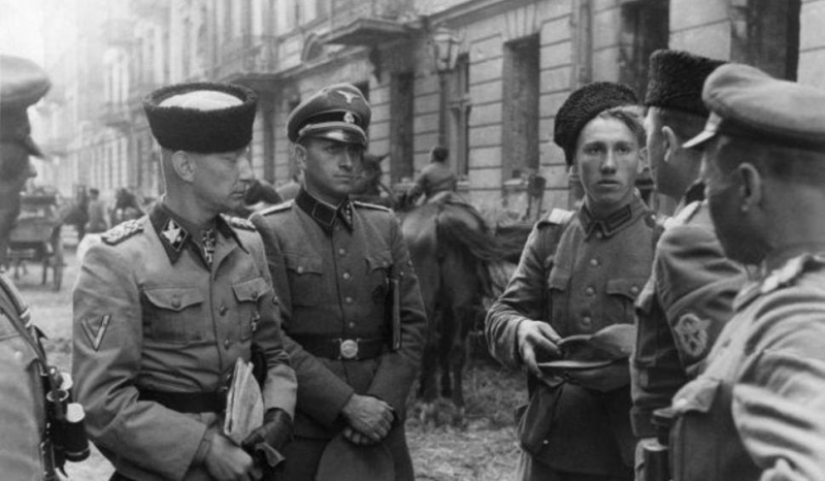
The battles on the barricades and in the labyrinths of city blocks lasted until October 2, 1944, and ended with the defeat of the Poles. The exact number of victims is unknown. According to the Polish historian Norbert Bazyuk, 20 thousand rebels and 100-130 thousand civilians were killed in two months of fighting. 60% of Warsaw's buildings were in ruins. The Germans lost 3 thousand soldiers killed.
Keywords: Warsaw | Uprising | World War II | Russians
Post News ArticleRecent articles

Technical support staff talk about the most egregious cases they have encountered at work. The collection is provided by the ...

Today, it is rare to meet a person who does not use Skype or another video calling application. A face-to-face conversation is much ...
Related articles

The siege of Leningrad is one of the most terrible pages in the history of the city. The harsh winter of 1941-1942 completed what ...

Today, the whole country congratulates the veterans-heroes and heirs of the immortal glory of Russian soldiers and officers, who at ...

On April 29, 1945, the Dachau concentration camp was liberated by units of the 45th Infantry Division of the US 7th Army. On this ...

The ancient city of Jerusalem is rich in history and spiritual culture, shrouded in many secrets, mysteries and legends. And this ...